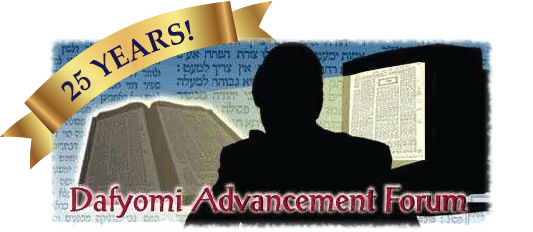Why were there 10 portions in Menasheh?
Rashi: There were the six Batei Avos mentioned above (verse 2), and four portions of Benos Tzlafchad. They did not receive like four Batei Avos! Rather, they received Tzlafchad's portion (Eretz Yisrael was apportioned to those who left Egypt 1 ), and a share of his brother's portion (who died without any children), and two shares of his father's, for Tzlafchad was the Bechor. The verse needed to say so, to teach 2 that Eretz Yisrael was considered Muchzak (already owned) to their fathers. 3 If it were only Ra'uy (destined to come), the Bechor would not get an extra share.
Malbim: There were 10 distinct regions (described in verses 7-11)
Radak: This is the primary opinion; some disagree.
Only the Torah teaches Halachos, but not Nevi'im and Kesuvim! Perhaps there was a Halachah l'Moshe mi'Sinai, and our verse merely hints to and supports it. Alternatively, Halachos that do not apply for all generations may be learned from Nach; it is like a Hora'as Sha'ah. (PF)
Bi'ur ha'Gra: It teaches that even though Bechorah does not apply to girls, they received a double share due to their father, who was a Bechor.




